Stop drowning in operational debt. Orchestrate experiences at scale.
Trusted by leading SaaS companies to drive growth
The governance tax: you're paying it whether you track it or not
Manual administration overhead is becoming a competitive disadvantage
- The Creation Explosion
- Keeping up with multiple teams building 100+ in-apps is a full-time job. AI just adds to the workload by creating more new objects to govern.
- The Manual Maintenance Trap
- Debt compounds faster than you can pay it down. You waste time hunting inactive experiences, fixing names, and managing governance via Slack.
- The Hidden Cost
- Manual governance doesn't scale. The brutal truth: while you're manually archiving old content, competitors are shipping features.
Governance Tax Calculator
Input your team size and governance setup to see what gaps are costing your team
Controls how often users see experiences
Separate staging from production
Requires approval before publishing
Monitors when experiences aren't seen/completed
Adjust based on your current ticket volume.
Risk Assessment
Impact on Your Team
Time Cost
- Publishing: min
- Review & cleanup: min
- • Consistency: min
- Domains: min
- Monitoring: min
User Experience Cost
Support Tickets
Research Sources
These calculations combine research-backed concepts with practical modeling:
Research-backed concepts:
- Context switching and interruption costs
- Notification fatigue and cognitive load
- User retention and engagement patterns
Modeled estimates:
- Time allocations (4-8 experiences/week, 2-3 min per task)
- Reduction percentages for governance controls
- Baseline support ticket volumes
The specific numerical values are estimates based on typical workflows and can be adjusted to match your team's actual patterns.
-
Context switching costs: UC Irvine study via Fast Company
(23 minutes average to refocus after interruption)
-
Notification fatigue impact: SuprSend research
(52% drop in engagement with 10+ notifications/hour, 37% cognitive load increase)
-
Productivity loss from interruptions: Reclaim.ai analysis
(40% of productive time lost to context switching)
-
Support ticket reduction: JGuru case studies
(Better onboarding reduces tickets by up to 80%)
-
User retention data: MagicBell UX research
(64% of users delete apps after 5+ notifications/week)
About These Calculations
These scores combine research-backed principles with practical observations from product teams:
What influences your scores:
- Number of people who can publish experiences
- Which governance controls you have enabled (rate limiting, environments, review workflows, alerts)
- Your team size and baseline support ticket volume
Key principles:
- Rate limiting has the biggest impact on reducing user fatigue (40% reduction in interruptions)
- Multiple publishers without review processes increase the risk of conflicting experiences
- Each governance control reduces support tickets by 15-25%
- Industry research suggests 2-3 in-app experiences per user per week is optimal for web applications
Why this matters:
Teams without governance controls spend significantly more time on manual tasks like cleanup, consistency checks, and issue monitoring. Users experiencing more than 3-4 interruptions per week show higher drop-off rates and lower engagement.
The specific values are estimates based on typical workflows. Your actual results may vary based on your product, audience, and implementation.
Meet Ranger:
Your AI governance agent that works 24/7
Detects issues automatically. Suggests fixes intelligently. Lets you approve with one click.
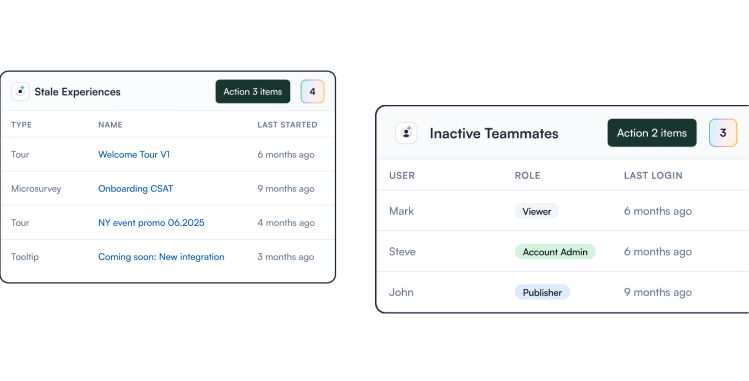
No spring cleaning needed
Ranger surfaces inactive experiences and teammates so you can archive them and keep your account clean year-round.

Consistency that doesn't rely on good intentions
Your teammates mean to follow the naming convention. Ranger applies your brand guidelines so they can focus on work, not checking the wiki.

Catch issues before users do
Ranger detects broken page elements, flags off-theme experiences, and validates configurations before they become support tickets.
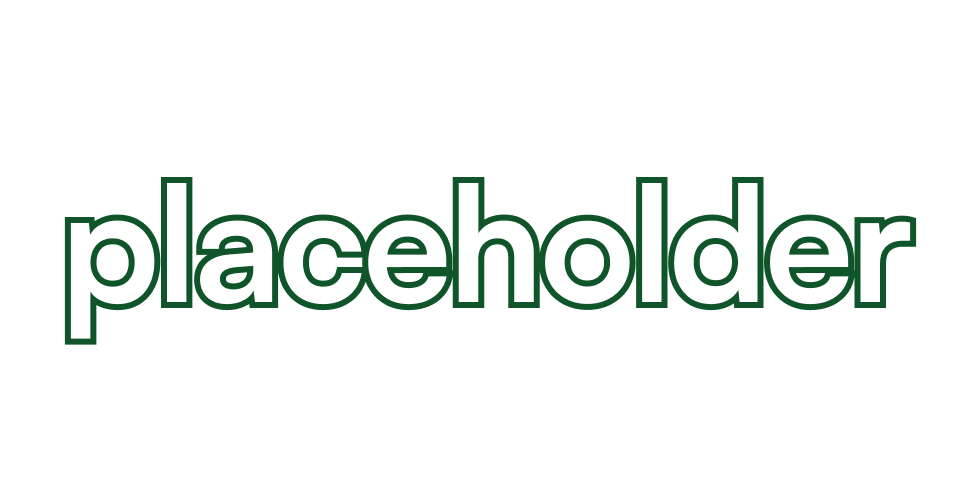
Smart nudges that save time
Forgot to hit publish or apply a Rate Limit? Ranger catches what falls through the cracks and offers a one-click solution.
Scale Experience delivery without losing control
Experience orchestration with granular permissions and built-in quality checks that match your growth. Because “please follow the wiki” won’t scale.
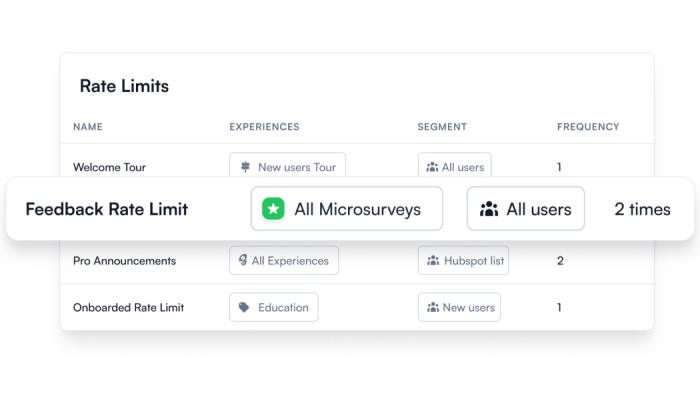
Rate Limits
Multi-level frequency capping prevents experience fatigue across your entire user base.
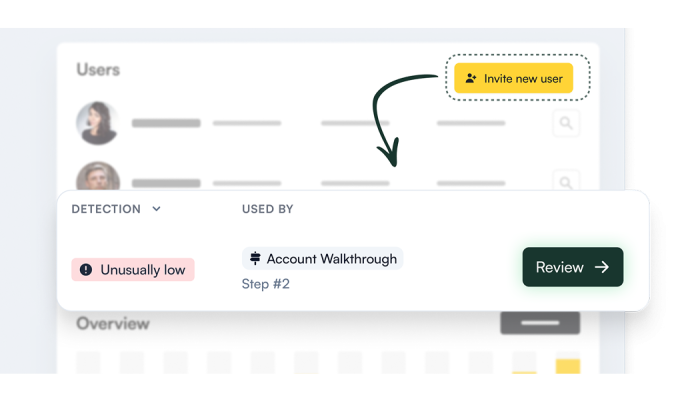
Elements Detection
Continuous monitoring catches broken page elements before users see broken experiences
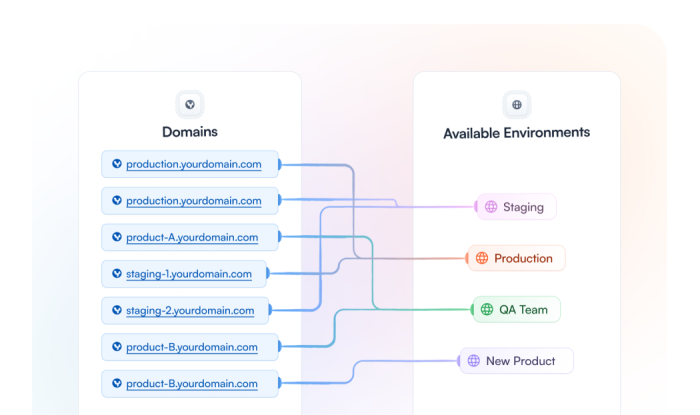
Environments
Domain grouping gives you deployment control across staging and production environments
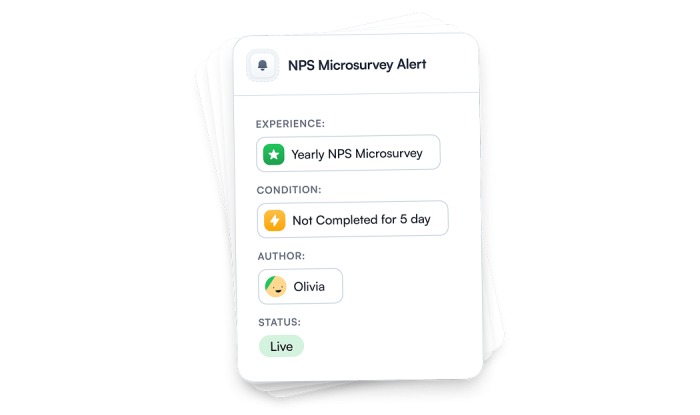
Proactive Alerts
Notifications when experiences underperform so you fix issues, not react to complaints
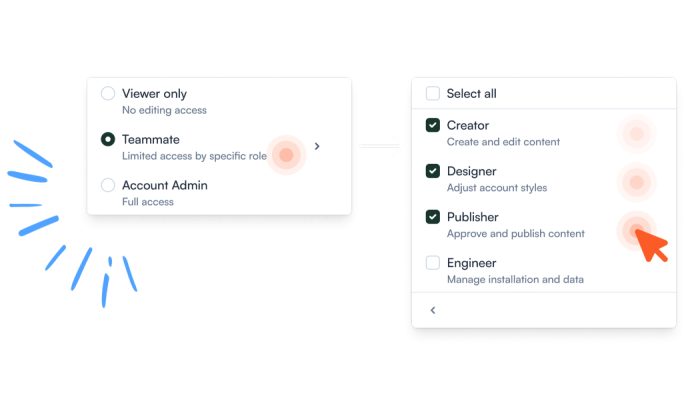
Team Roles
Granular permissions that match how teams actually work, plus account-wide controls
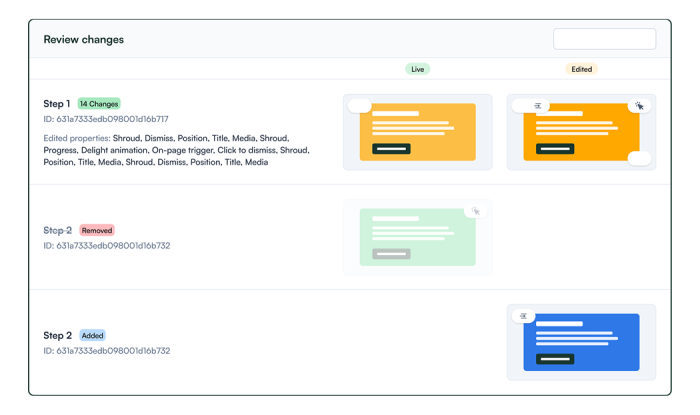
Review Experience Changes
Side-by-side comparison lets you validate changes before pushing live
From software janitors to software orchestrators
Stop spending time on housekeeping. Invest more in strategy, creativity, and outcomes that drive business growth.
Without governance automation:
- 40 hours/month on platform maintenance
- Responding to issues after they occur
- Manual cleanup and enforcement
- Tactical execution mode
With governance automation:
- 2 hours/month reviewing suggestions
- Proactive issue prevention
- One-click cleanup actions
- Outcome optimization focus
Explore Ranger with an Interactive Demo
Governance FAQ
-
Sure. And then Sarah from CS creates a quick tour for one customer. Tom from Product launches an experiment. Marketing runs a campaign with 6 experiences. Someone changes a button ID and breaks 12 tooltips. It's not about being careless. It's about velocity at scale, breaking manual processes.
The more productive your team is, the faster manual governance falls apart. -
The opposite. Manual governance slows you down: cleanup meetings, Slack threads about naming conventions, and audits that take hours.
Governance automation removes friction. Ranger detects issues in real-time and suggests fixes in one click. Your team spends less time maintaining and more time strategizing and shipping. -
You can. Here's what happens:
- Q1: 50 experiences created, 12 cleaned up
- Q2: 93 experiences created, 15 cleaned up
- Q3: 147 experiences created, cleanup meeting gets pushed
- Q4: 200+ experiences, nobody knows what's active anymore
Manual maintenance doesn't scale. The debt compounds faster than you can pay it down. -
You stay in control. Always. Ranger suggests. You decide. The goal isn't full automation immediately. It's building trust over time.
AI solved the creation problem. We're solving the scaling problem.
Governance automation handles the housekeeping so your team can focus on strategy.
“The Sales process was casual and I didn't feel any pressure to buy the entire time.”



See how we can help